2b - Handout - Ancient Babylonian Trade Artifact
advertisement
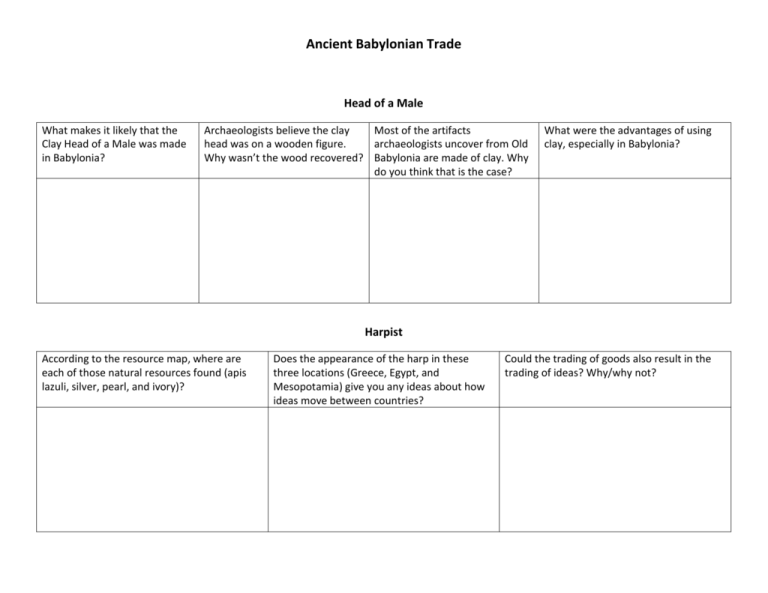
Ancient Babylonian Trade Head of a Male What makes it likely that the Clay Head of a Male was made in Babylonia? Archaeologists believe the clay Most of the artifacts head was on a wooden figure. archaeologists uncover from Old Why wasn’t the wood recovered? Babylonia are made of clay. Why do you think that is the case? What were the advantages of using clay, especially in Babylonia? Harpist According to the resource map, where are each of those natural resources found (apis lazuli, silver, pearl, and ivory)? Does the appearance of the harp in these three locations (Greece, Egypt, and Mesopotamia) give you any ideas about how ideas move between countries? Could the trading of goods also result in the trading of ideas? Why/why not? Duck Weight What is the purpose of this item? What was it used for? What’s the advantage of using a very hard material to create a standard weight to be used in buying and selling? What does this artifact imply about buying and selling in Old Babylon? Hematite is a form of iron ore. Where is iron found? Bronze Statuette What sorts of information about the object might lead scholars to believe that this artifact dates to the Old Babylonian period? Without having the information about exactly where the statue was found and what other objects may have been found with it, how can we gather information about the statue? Where might the copper in this bronze statuette have originated? What makes you think this? Without being able to know for sure what the context of this statue was, what purposes can you suggest for the use of this object? What inferences can one make from the use of bronze for objects other than weapons? Name: Period: Processing Write a 4-6 sentence paragraph that responds to the prompt: After examining the 4 artifacts and the resource map, what can you determine about trade in Babylonia? You need to site at least 2 specific examples found within the resources and the map to support your claims.
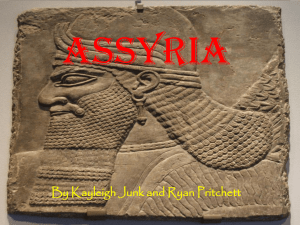


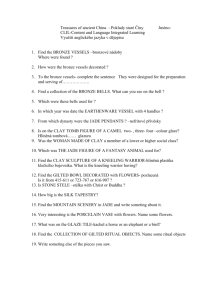





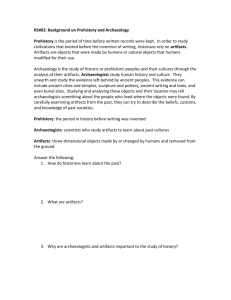
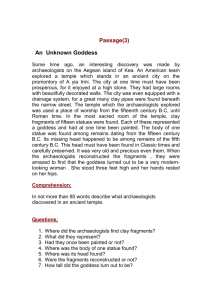
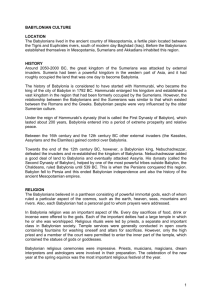
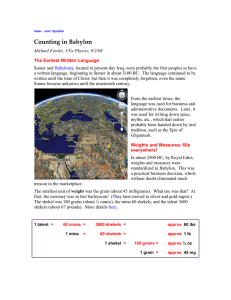
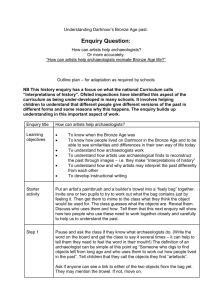
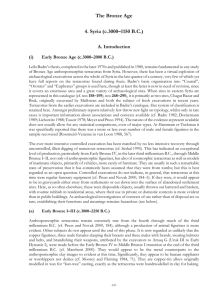
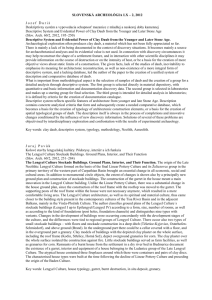
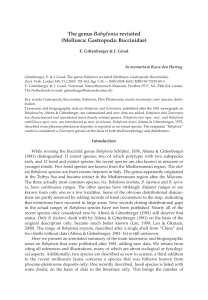
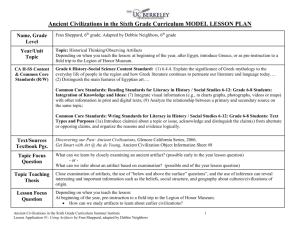
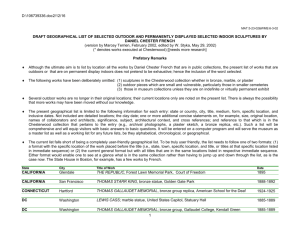
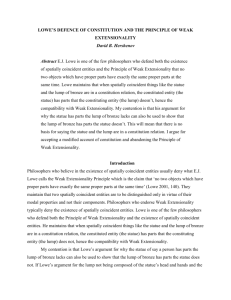
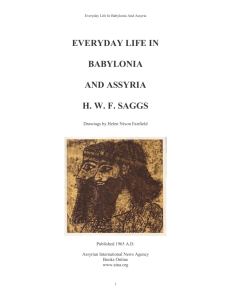
![[Blackwell history of the ancient world] Van De Mieroop, Marc - A History of the Ancient Near East, ca. 3000-323 BC (2016 2015, Wiley Blackwell) - libgen.lc](http://s2.studylib.net/store/data/026290019_1-4656edd5a0aa1e5ba5100585c92b5d58-300x300.png)